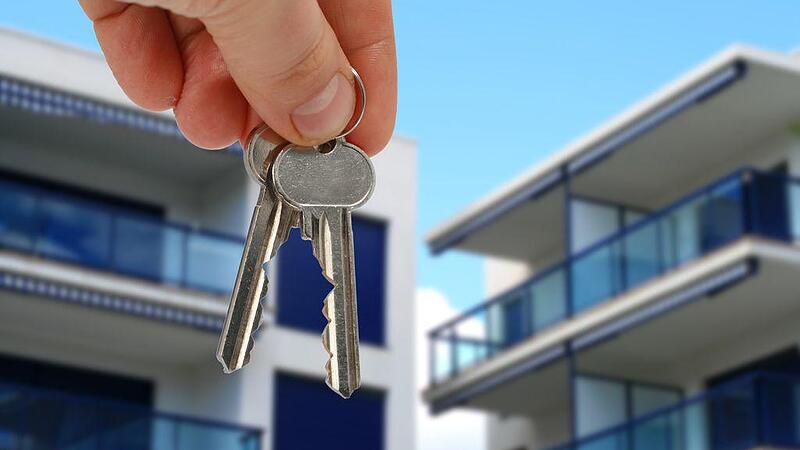Image: colourbox.de
Since 2009, residential real estate prices in Austria and the euro area have risen much faster than average net incomes. As a result, the affordability of housing has decreased significantly, with Luxembourg and Austria being particularly affected, according to a Bank Austria broadcast on Monday. Nevertheless, living space in this country is still relatively cheap compared to other European countries. The tightened monetary policy has little to blame for the high prices.
“Prices for residential real estate in the euro area have risen much faster than income in recent years. Affordability has therefore decreased significantly,” said the chief economist at UniCredit Bank Austria, Stefan Bruckbauer, according to the broadcast. Average net earnings in relation to real estate prices have fallen by 40 percent in Austria since 2009, by 13 percent in the euro area and by as much as 45 percent in Luxembourg. Residential real estate prices on the domestic market more than doubled in 2009, increasing by 6.6 percent annually.
Short-term drop in property prices in 2009
“Since the financial crisis, the rise in real estate prices in the euro area has significantly exceeded the rise in consumer prices,” said Bank Austria economist Walter Pudschedl. By the end of 2022, prices in the euro area were 45 percent higher than in 2009, which corresponds to an annual increase of almost 3 percent. Meanwhile, the annual inflation rate was 1.9 percent. In three quarters of the 20 countries in the euro area, the increase in real estate prices up to 2022 will in some cases be significantly higher than that of consumer prices.
Income development meanwhile has largely followed that of inflation, net incomes in the euro area rose by 27 percent from 2009 to the end of 2022. “This means that the real net income in the euro area in 2022, based on real estate prices, was only around 87 percent of 2009,” said Pudschedl.
Immediately after the 2009 financial crisis, there was a short-term drop in real estate prices and an increase in affordability, but the period of low interest rates that followed pushed prices up to a far greater extent than incomes rose. The dynamics of real estate prices and those of income development drifted further apart during the corona crisis.
Tighter monetary policy by the ECB
The tightened monetary policy of the European Central Bank (ECB), which has repeatedly raised key interest rates since mid-2022, is also affecting the affordability of housing. “Our calculations show, however, that it is not the interest rate trend, but the drastic rise in real estate prices that is decisive for the reduction in affordability,” says Bruckbauer. Loan financing for a property of the same size costs twice as much per month today as it did in 2009. Higher real estate prices are responsible for around 95 percent of the additional costs, with increased loan costs accounting for 5 percent.
In 2022, Austria also achieved a top place in Europe in terms of square meter prices for newly built properties. At 5,200 euros per square meter, residential real estate in Germany is more expensive than in France or Germany, while prices in Spain, Italy and the surrounding Eastern European countries are significantly lower. Nevertheless, living space in Austria is still relatively cheap in a European comparison: for a 100 square meter apartment, Austrians had to spend an average of 6.5 net annual salaries of an Austrian household in 2022. This means that living space is somewhat easier to afford in relation to income than in France, Spain and Germany. In Slovakia, almost 14 annual incomes have to be paid for a property of the same size.
more from economy




